Visual representation comprehension Math Worksheets for 8-Year-Olds
8 filtered results
-
From - To
Explore our engaging Visual Representation Comprehension Math Worksheets tailored for 8-year-olds. These worksheets are designed to strengthen key math skills through visual learning, helping children understand complex concepts like graphs, charts, and pictograms. The exercises aim to enhance critical thinking and problem-solving abilities, boosting your child's confidence in math. Kids can practice interpreting data, comparing quantities, and solving real-world problems. Our worksheets make learning fun and interactive, keeping young minds eager to explore and succeed. Ideal for both classroom use and homeschooling, these printable resources support diverse learning styles, ensuring every child can excel.
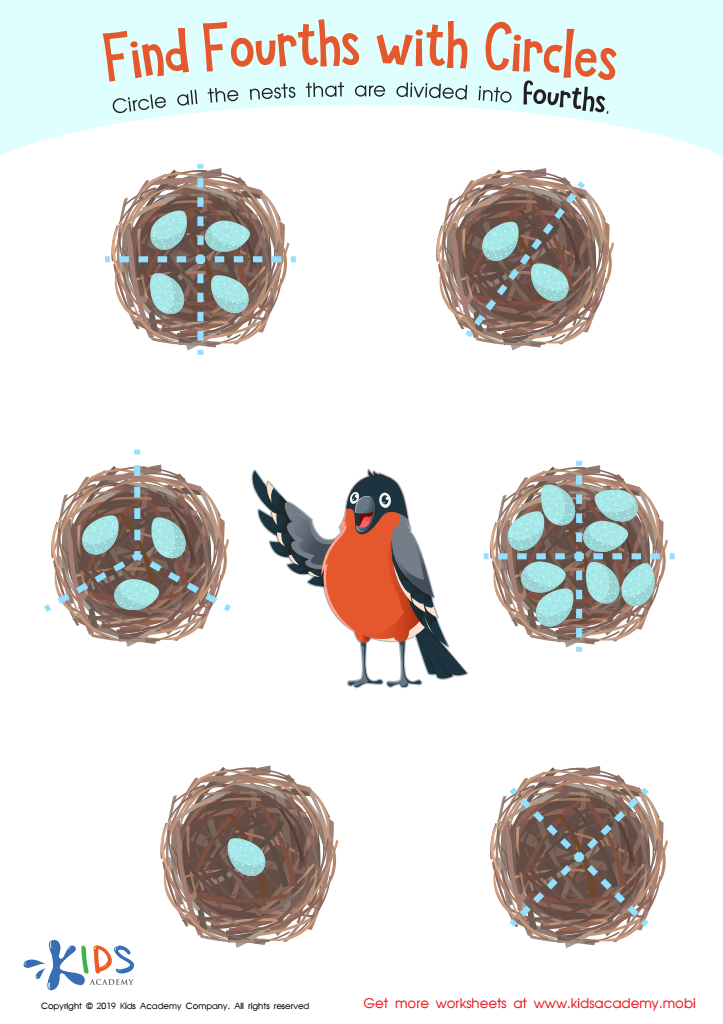

Find Fourths Circles Worksheet
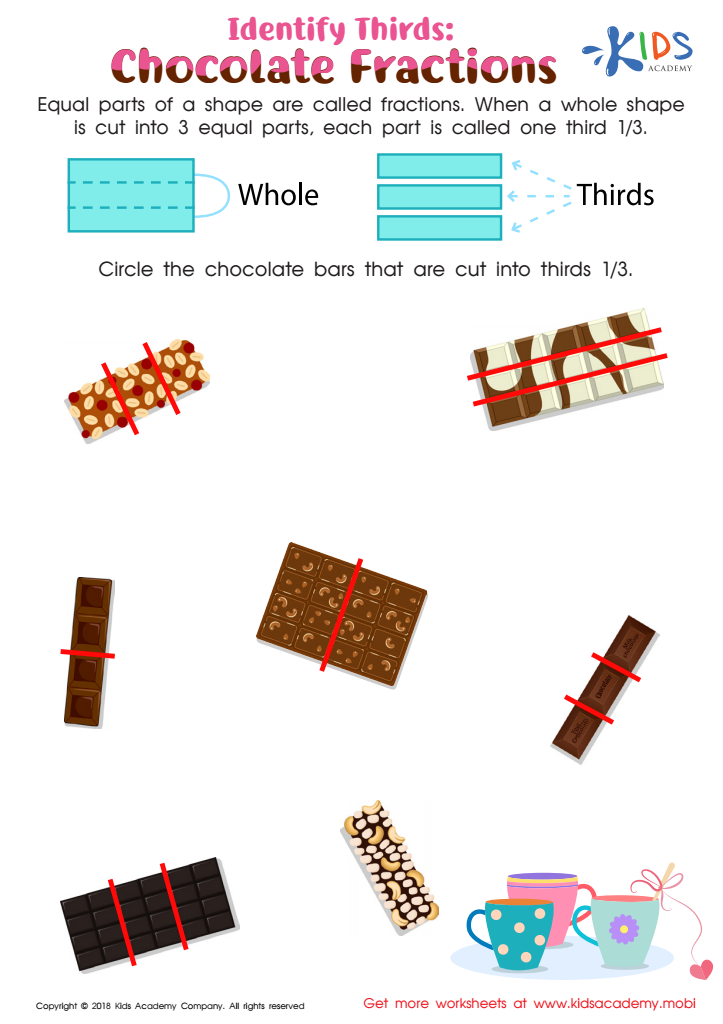

Identify Thirds: Chocolate Fractions Worksheet
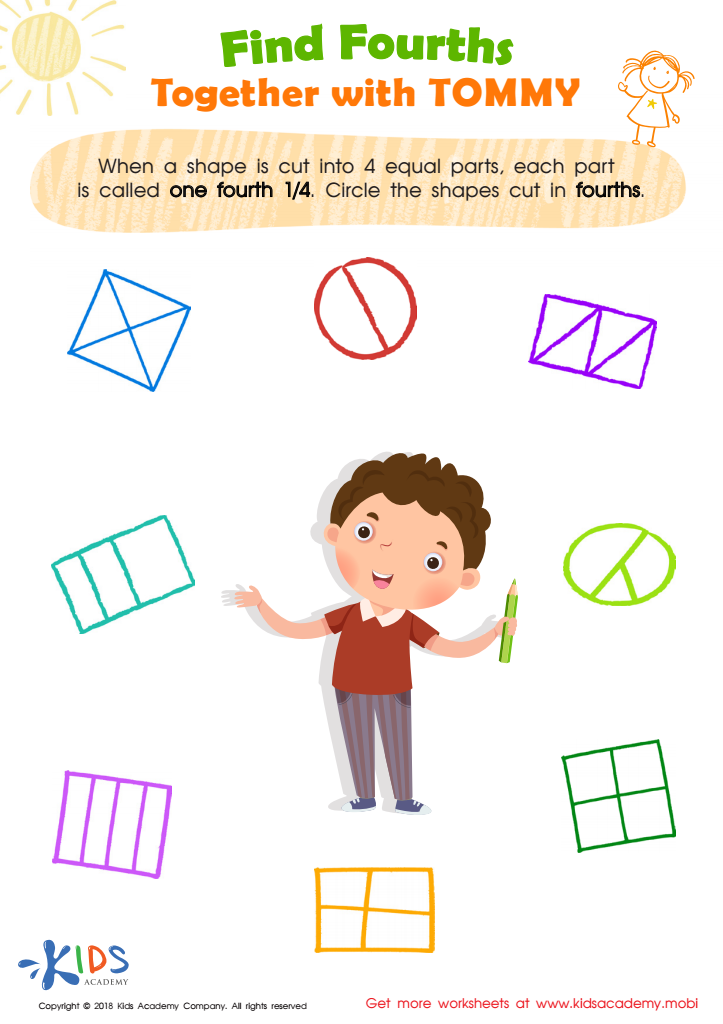

Find Fourths Together with Tommy Worksheet
Understanding visual representation in mathematics is crucial for 8-year-old children. At this age, students are building foundational skills that will support more complex mathematical thinking in later grades. Visual representations—including charts, graphs, and diagrams—provide a concrete way for children to grasp abstract concepts. These tools can help make sense of mathematical operations, patterns, and relationships in an intuitive and accessible manner.
Promoting visual comprehension skills helps children become adept at translating real-world problems into mathematical terms and vice versa. For instance, using pie charts to represent fractions or bar graphs to show data can make initially confusing concepts clearer and more relatable. When children are able to visualize what numbers represent, they tend to perform better in tasks involving data interpretation, problem-solving, and logical reasoning.
Moreover, visual aids cater to diverse learning styles, particularly benefiting those who are visual learners. They also encourage active participation and engagement in lessons, helping to sustain children's interest in mathematics.
Parents and teachers play a pivotal role in nurturing this ability by incorporating visual elements in learning activities and providing opportunities for practice. Supporting kids in developing strong skills in visual representation comprehension can lead to greater mathematical proficiency, confidence, and a positive attitude towards the subject.
 Assign to My Students
Assign to My Students
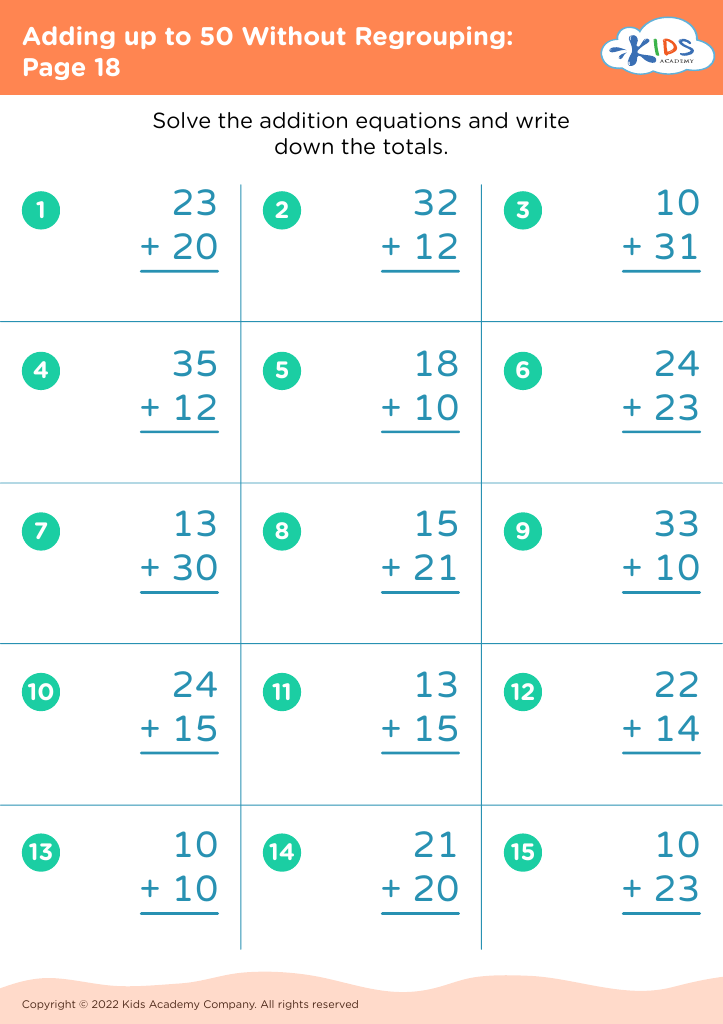

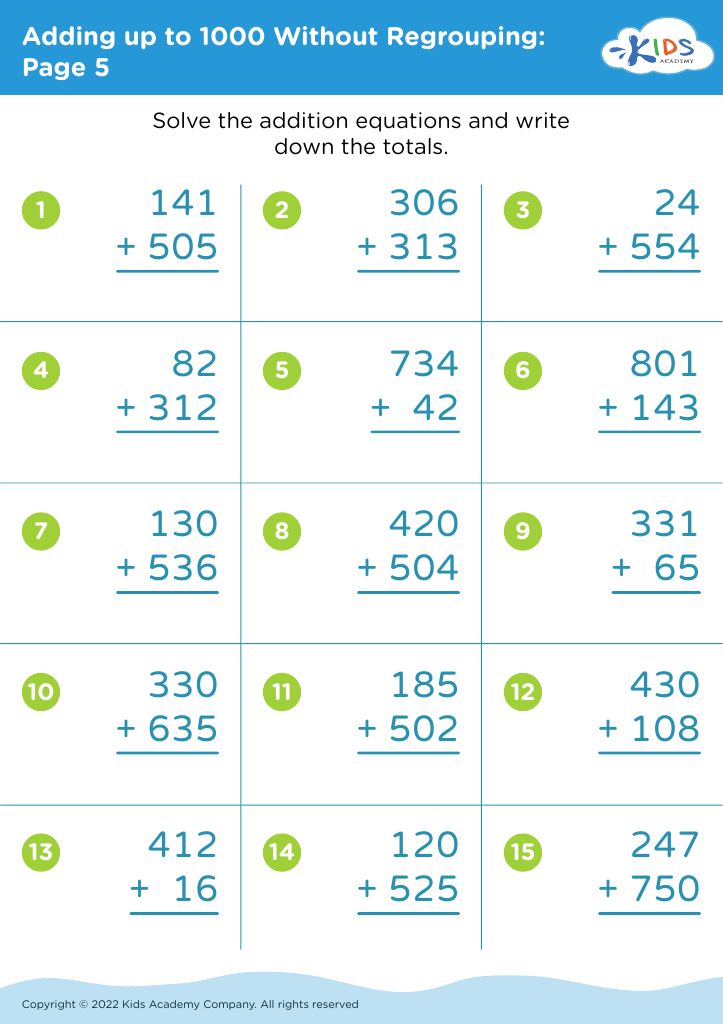
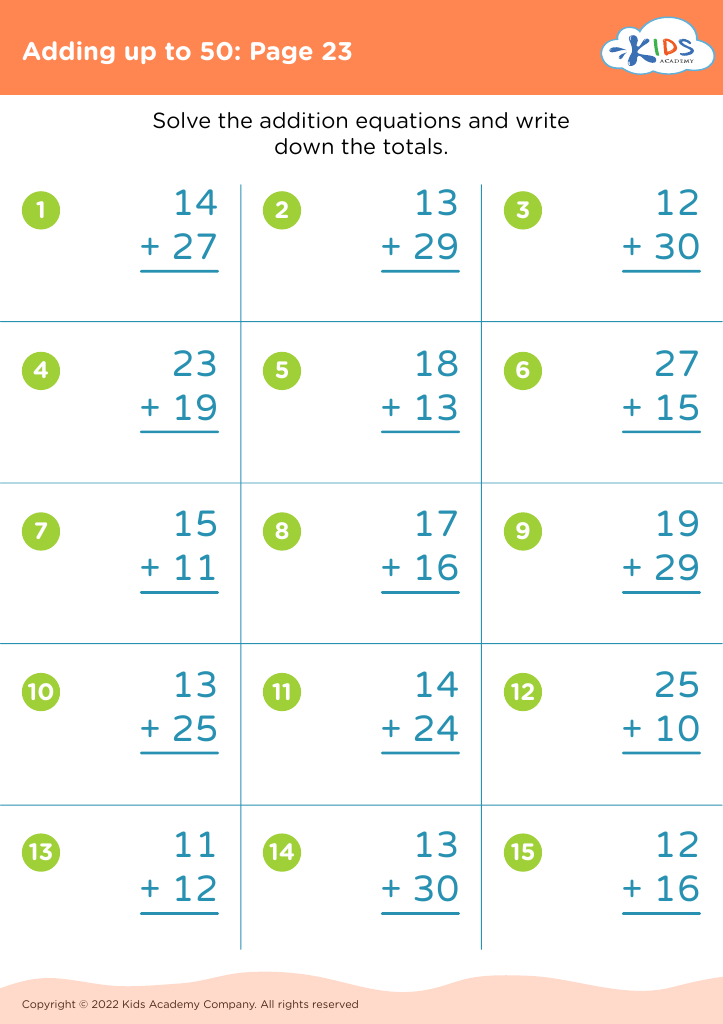



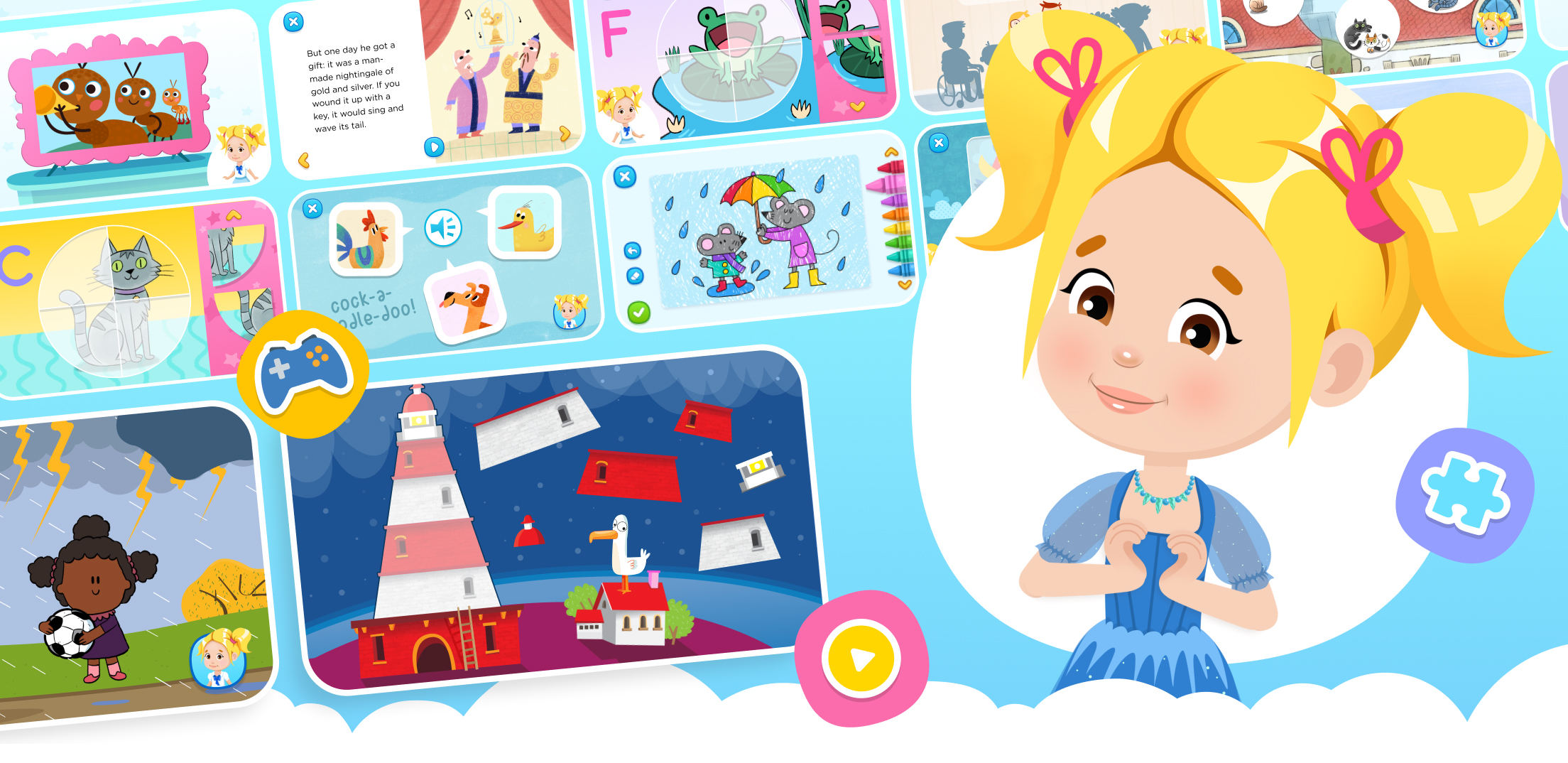
.jpg)












